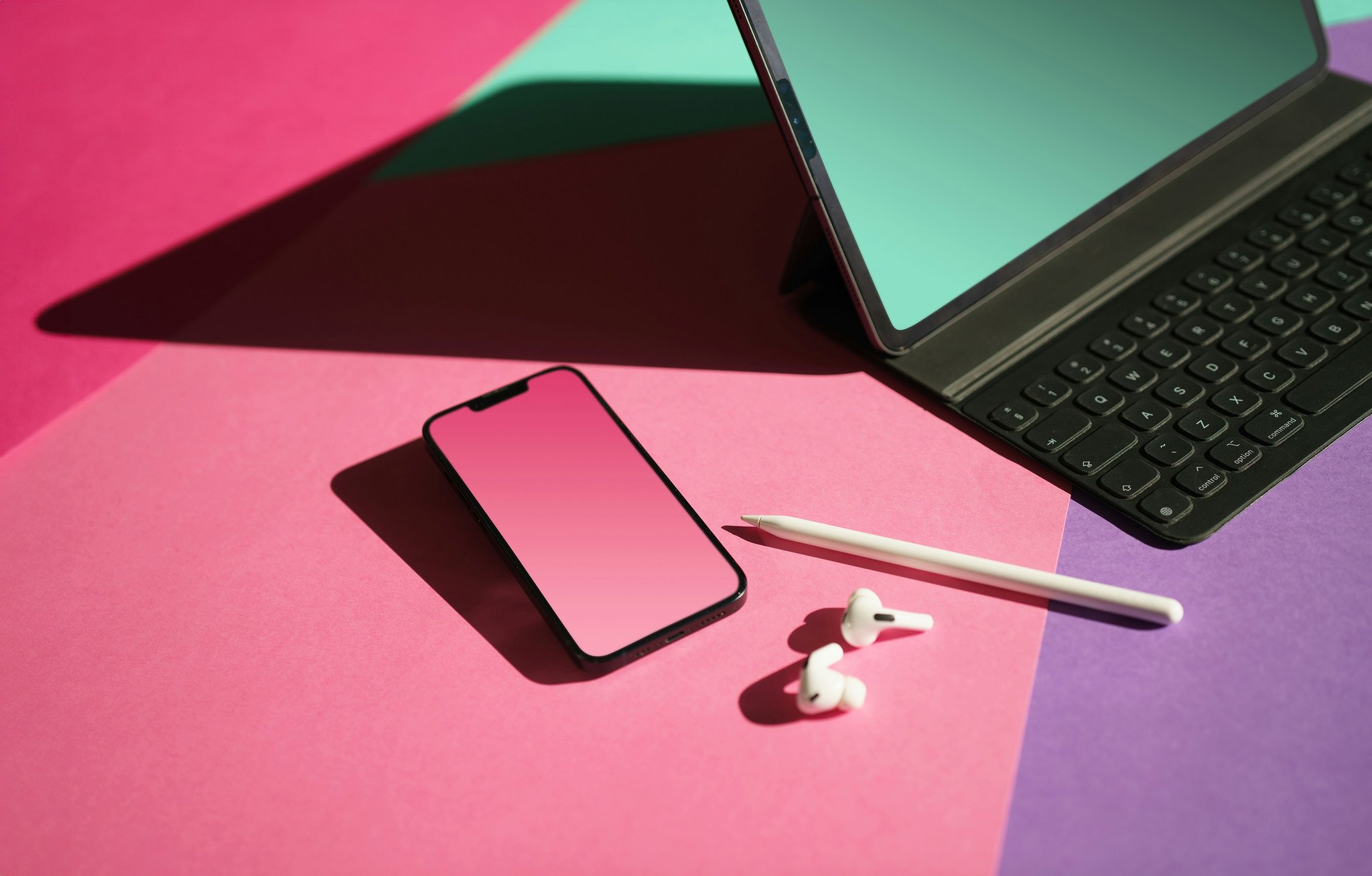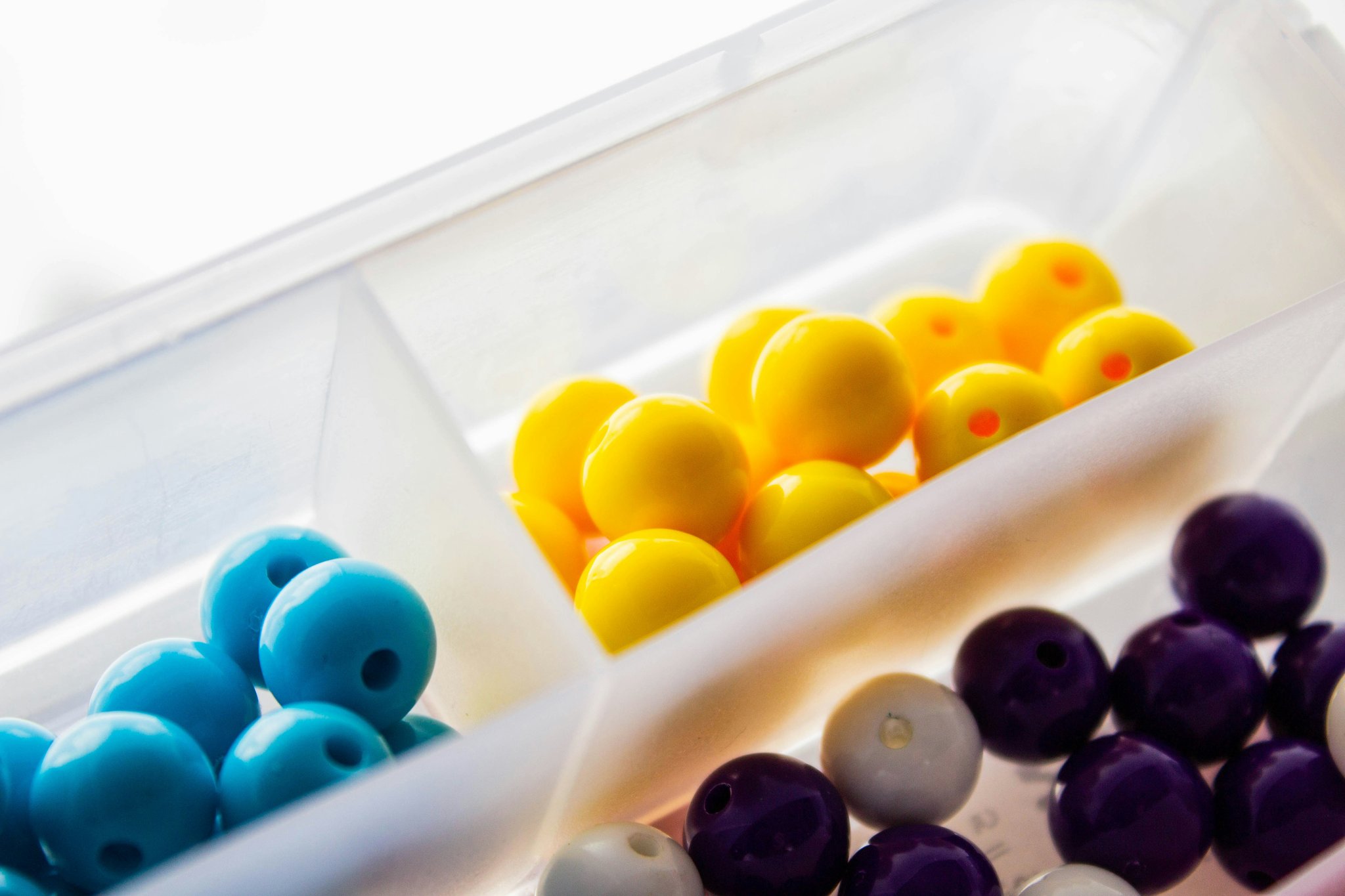Ever woken up to a cup of coffee that tastes like yesterday’s socks? Yeah, it happens. And guess what—your smart coffee maker might be holding onto some nasty surprises if you’re skipping out on water filter replacement.
In this post, we’ll decode why replacing your water filter is crucial for both taste and performance in your smart home setup. You’ll learn how often to change filters, step-by-step instructions, best practices, real-world examples, and even answer FAQs along the way. So pour yourself another cup (hopefully not from an expired filter), and let’s dive in!
Table of Contents
- Key Takeaways
- Why Does Water Filter Replacement Matter?
- How to Replace Your Smart Coffee Maker’s Water Filter
- Best Practices for Maintaining Your Smart Coffee Maker
- Examples of Users Winning with Water Filters
- FAQs About Smart Coffee Makers and Filters
- Conclusion
Key Takeaways
- Replacing your smart coffee maker’s water filter ensures better taste and prevents mineral buildup.
- Most manufacturers recommend changing filters every 2-3 months—but check specifics for your model.
- Skipping filter changes can void warranties and damage internal components over time.
- Smart coffee makers use advanced tech; regular maintenance keeps them running smoothly.
Why Does Water Filter Replacement Matter?

I once ignored my Keurig’s water filter light because I was convinced it wouldn’t make much difference. Spoiler alert: It did. After weeks of muddy-tasting brews, I finally caved and replaced the filter—and holy bean heaven, my coffee transformed overnight.
The truth is, tap water isn’t exactly pristine. Minerals like calcium and magnesium build up inside machines without proper filtration. Not only does this ruin flavor, but these deposits wreak havoc on internal parts too. Skipping water filter replacements turns your sleek $300 gadget into something resembling Frankenstein’s lab equipment.
Grumpy Me: *“Must we talk about gross minerals?”*
Optimist Me: *“Yes! Because fixing this is ridiculously easy.* 😊”
How to Replace Your Smart Coffee Maker’s Water Filter

Alright, here’s where things get actionable:
Step 1: Locate the Filter Housing
Most smart coffee makers have their filters located near the reservoir base or hidden behind access panels. Consult your manual if Sherlock Holmes-ing fails.
Step 2: Remove Old Filter
Pro Tip: Make sure the machine is unplugged before diving in. Twist counterclockwise (usually) to release the old cartridge—it should pop right out.
Step 3: Rinse New Filter
Always rinse your shiny new filter under cool tap water for 10 seconds. This removes any carbon dust residue left during manufacturing.
Step 4: Install and Reset Indicator
Slot the fresh filter back into place, secure it by twisting clockwise, then reset the filter reminder indicator via button combos listed in your user guide.
Best Practices for Maintaining Your Smart Coffee Maker

1. Descaling Every Month
Use vinegar or an official descaler product monthly to prevent mineral scale accumulation.
2. Keep Reservoir Clean
Rinse with soap and warm water weekly to avoid algae growth. Gross, yes. Necessary? Absolutely.
3. Don’t Overlook Quality Filters
Generic options may seem tempting, but they lack the specialized materials needed for optimal filtration. Stick with branded alternatives whenever possible.
BONUS RANT SECTION:
Can we take a moment to vent about cheap knockoff filters? They look legit online, but trust me—they’re anything BUT. Buying those bargain-bin versions will cost more in repairs later. Save yourself the headache and invest upfront!
Examples of Users Winning with Water Filters
Lisa J., a fellow coffee enthusiast, shared her story: “After switching to recommended water filter replacements every three months, my Breville Barista Touch hasn’t missed a beat. Plus, the espresso shots? Chef’s kiss.” Lisa now enjoys peak performance AND saves cash avoiding unnecessary service calls.
FAQs About Smart Coffee Makers and Filters
Q: How Often Should I Replace My Smart Coffee Maker’s Water Filter?
A: Typically every two to three months, depending on usage and manufacturer guidelines.
Q: Can I Use Tap Water Without a Filter?
A: Technically, yes—but expect subpar taste and potential long-term damage due to lime scale.
Q: What Happens If I Don’t Replace the Water Filter?
A: Expect reduced efficiency, foul flavors, and potentially costly repairs—or worse, premature appliance death.
Conclusion
So there you have it: Water filter replacement isn’t optional—it’s essential for protecting your smart coffee maker investment while ensuring delicious java day after day. From understanding the importance of timely swaps to mastering installation steps, you’re officially equipped to become your kitchen’s barista boss.
Remember, consistency trumps perfection here. Even small habits like rinsing cartridges and resetting indicators go a loooong way toward maximizing lifespan and flavor quality.
*Optimist You:* “Follow these tips!”
*Grumpy You:* “Fine—but only if caffeine fuels my efforts.”
Like dial-up internet speeds during our AOL days, bad water filters drag down progress. Upgrade wisely!*😂*


